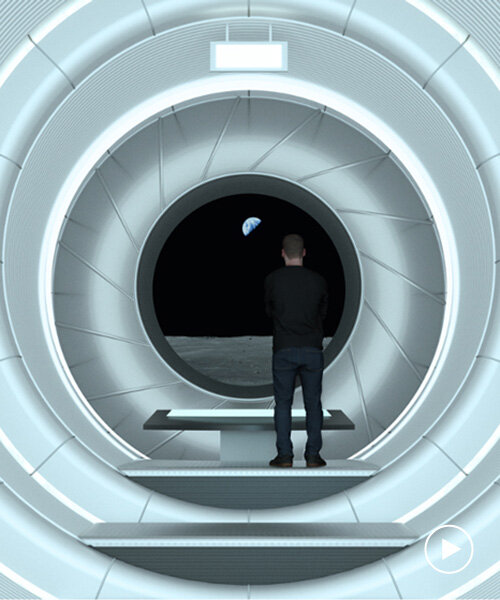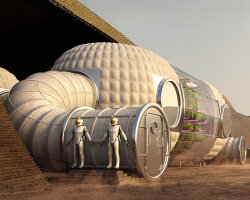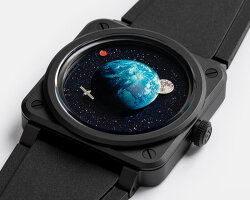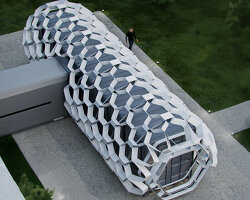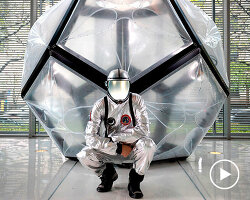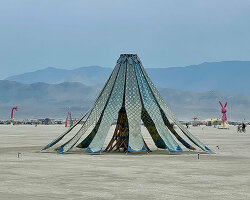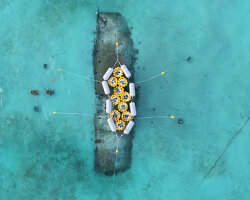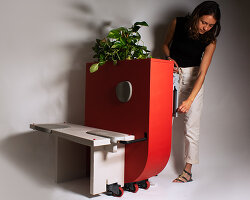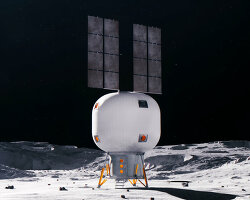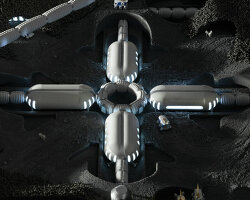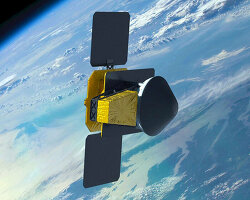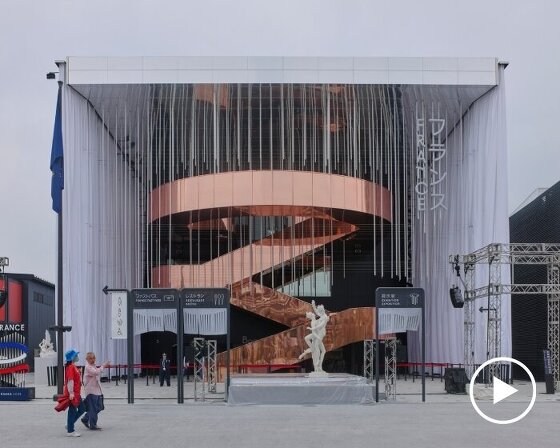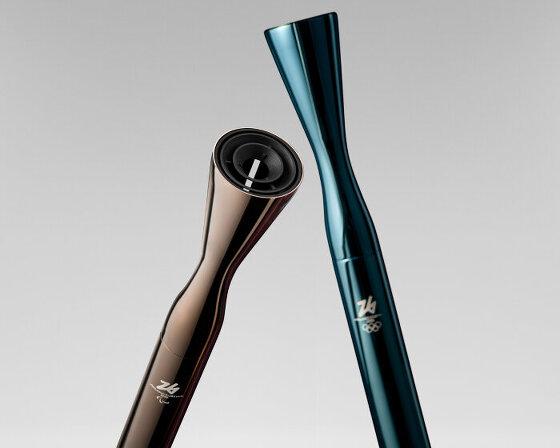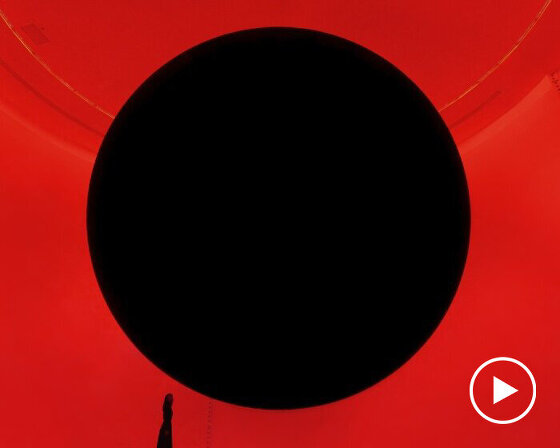MIT researchers collaborate on reusable lunar habitats project
Rocket Horizon, led by a team from MIT, represents a pioneering interdisciplinary effort to create sustainable lunar habitats. This project blends architectural innovation with advanced technology and robust engineering solutions, drawing on the expertise of MIT’s Department of Architecture, Media Lab, AeroAstro, and the Sloan School of Management. Central to Rocket Horizon is the principle of reusability—adapting SpaceX‘s Starship HLS (a lunar lander variant of the Starship spacecraft that is slated to transfer astronauts from a lunar orbit to the surface of the Moon and back) not only for transport but also as a core component of lunar infrastructure. This approach minimizes the need for on-site construction, enabling a faster and more efficient habitat setup that supports human life on the Moon. By rethinking how space infrastructure can be utilized, Rocket Horizon aims to align with the emerging New Space Economy, focusing on sustainability and avoiding past mistakes in space exploration.
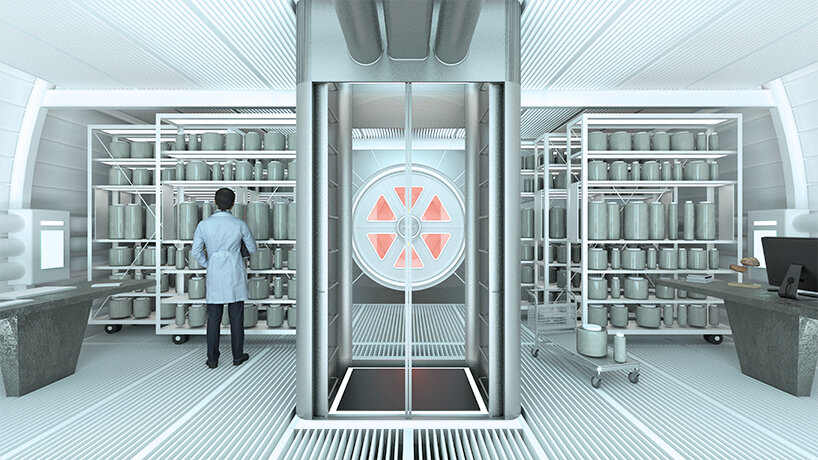
mid level: working area and main entrancesall | images courtesy of MIT
Rocket Horizon repurposes SpaceX’s starship
Rocket Horizon is influenced by research visits to NASA’s Johnson Space Center, Marshall Space Flight Center, and SpaceX’s Starbase. In addition to its innovative design, the project by MIT Architecture, MIT Media Lab, MIT AeroAstro, and MIT Sloan employs autonomous construction vehicles to prepare the lunar surface and cover the habitat with lunar regolith for radiation protection. The project envisions repurposing the Starship by landing it vertically and then repositioning it horizontally to integrate with the habitat’s design. This is achieved by reshaping the terrain into dunes to absorb the landing impact and using the vehicle’s reaction control thrusters to facilitate horizontal positioning. This use of existing technology allows for efficient habitat construction and ensures the safety and stability of the lunar base. Rocket Horizon is a prototype for a scalable, sustainable human presence on the Moon. It offers a framework for creating larger research institutions and infrastructure as space exploration becomes more cost-effective and rapid.
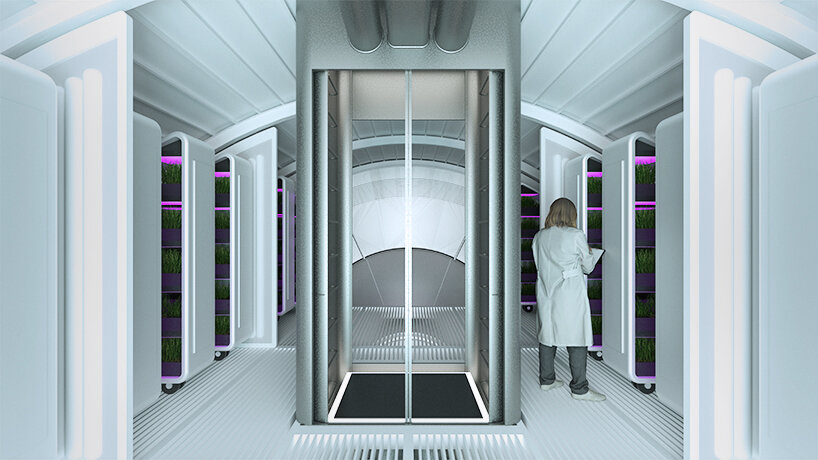
upper level: vertical farming and bio lab
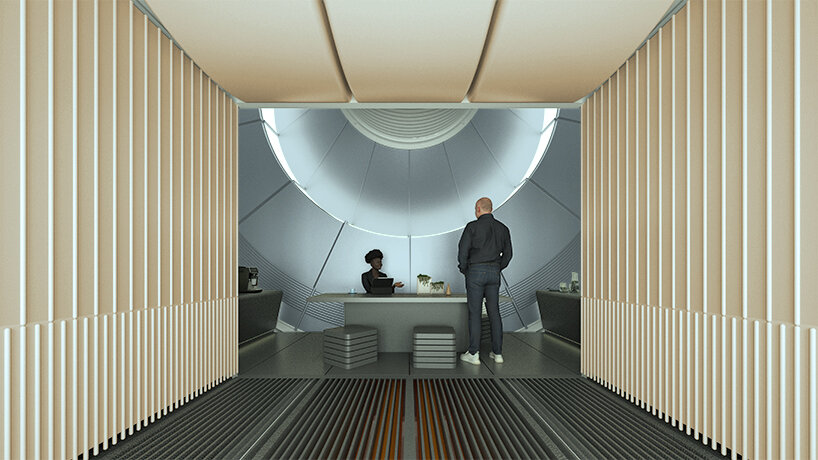
lower level: living unit and dining area
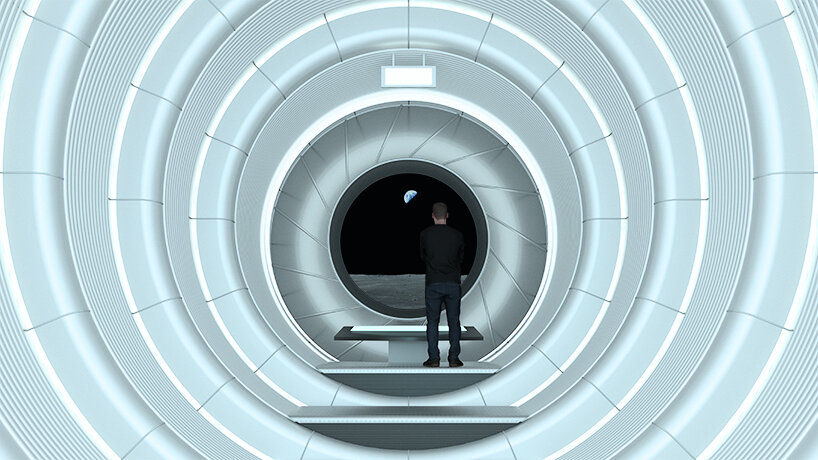
header area: command center and observatory
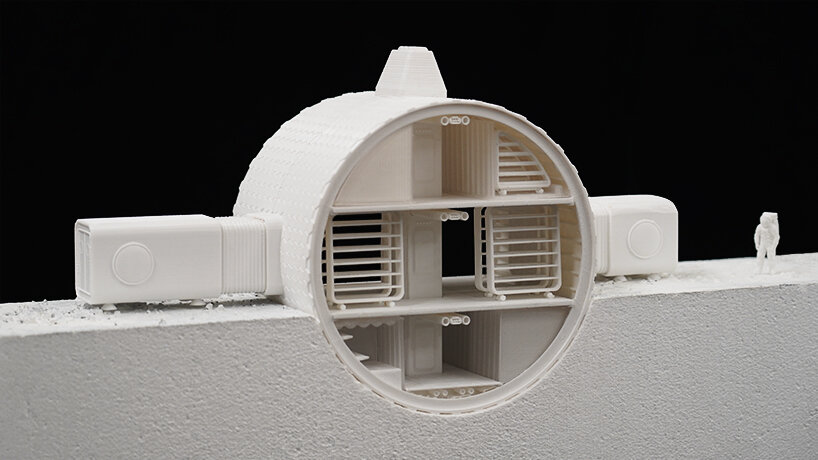
section model of working area
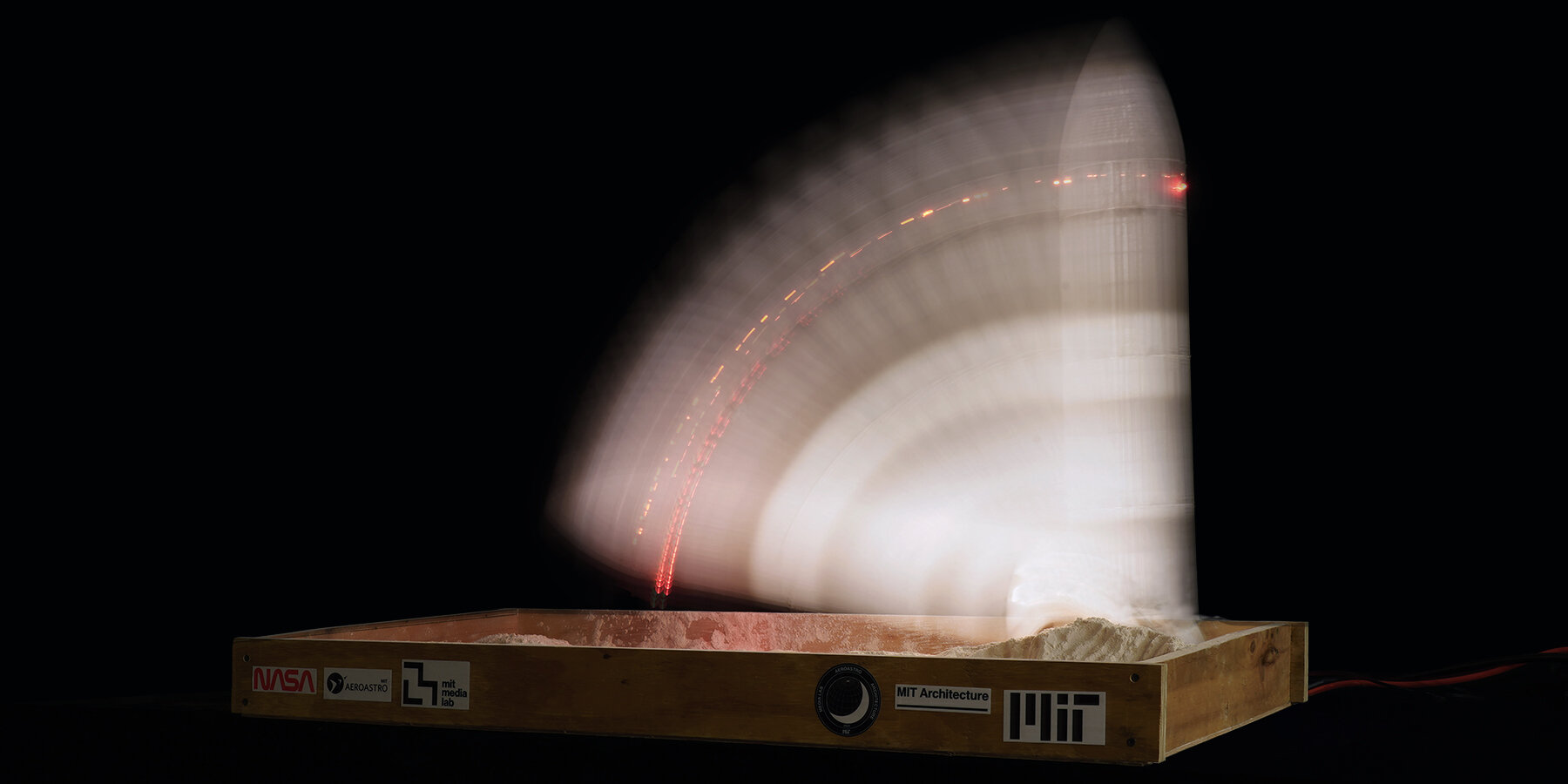
the starship model was programmed to simulate the actual toppling process on lunar surface
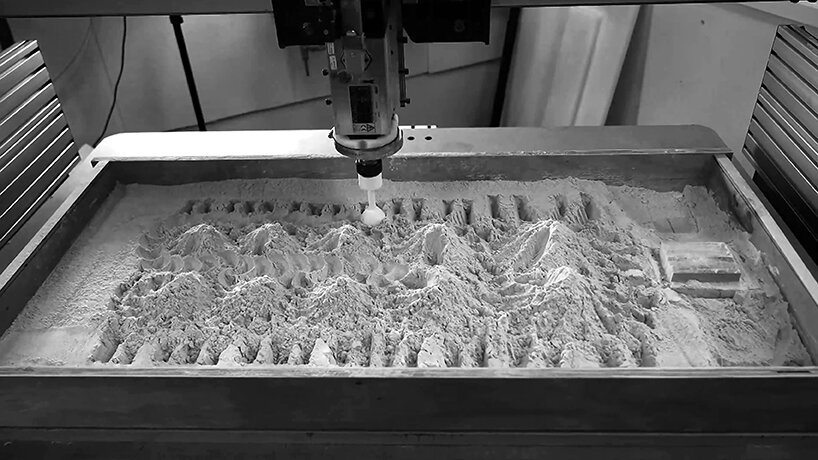
robotic landscape prototyping
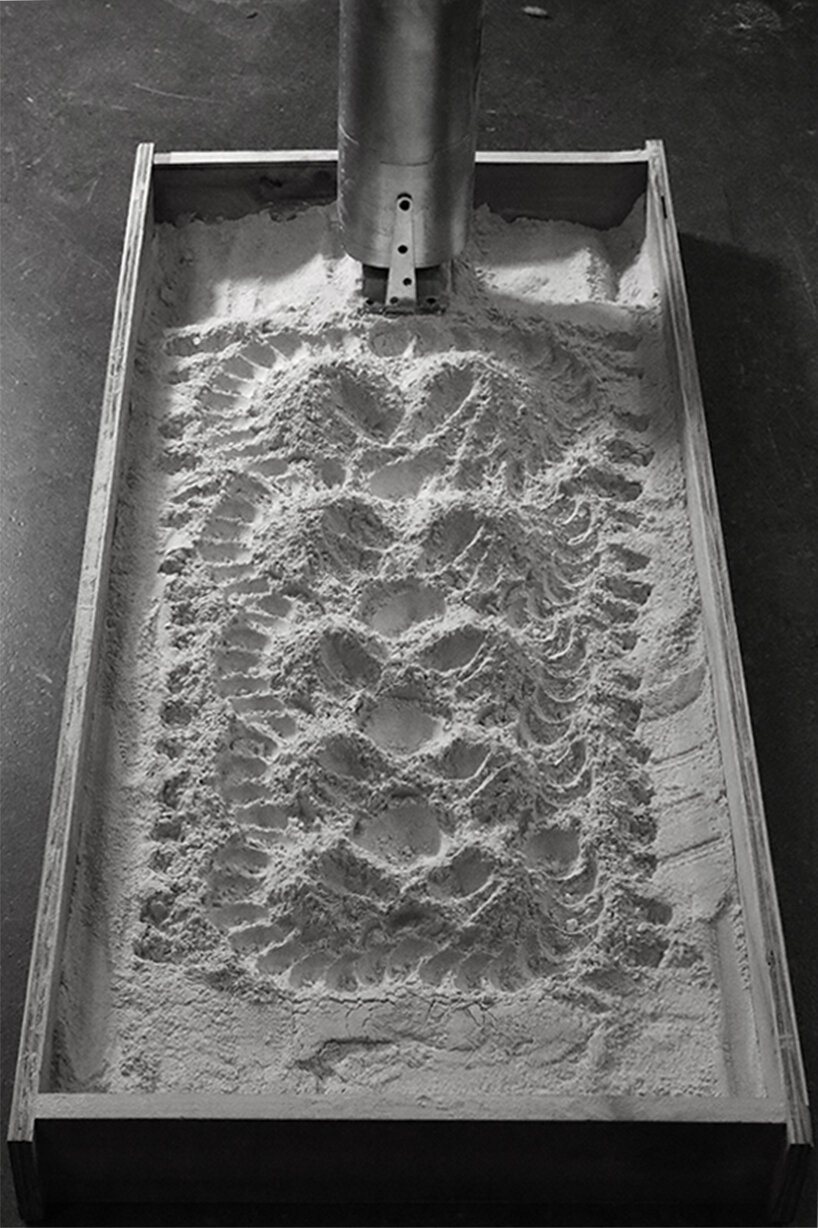
rocket impact testing model
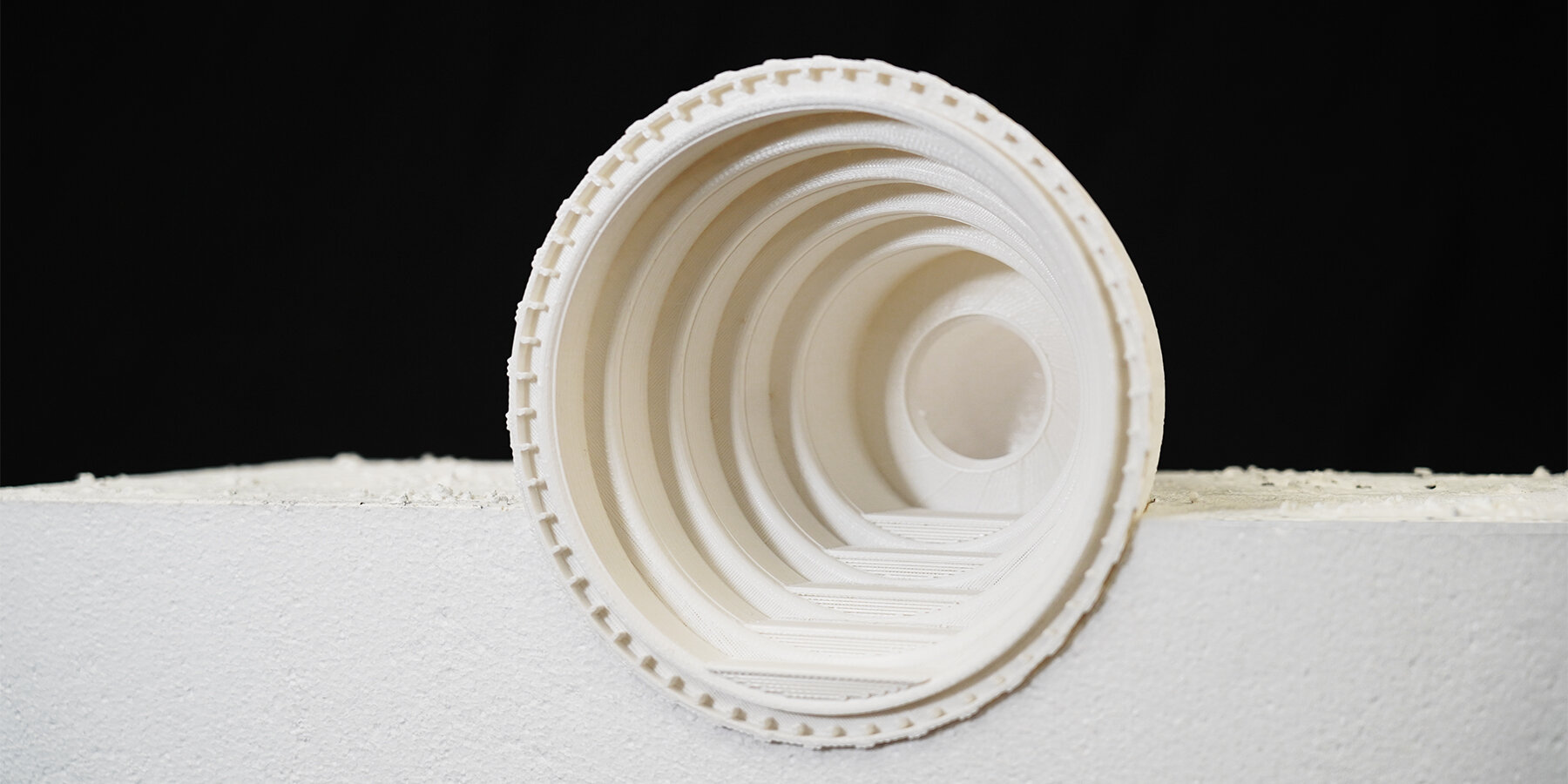
section model of the horizontal starship
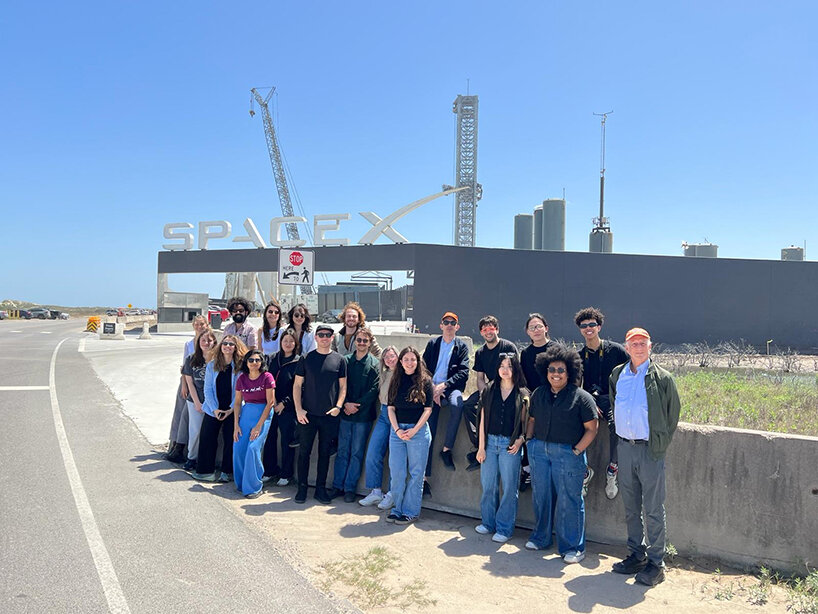
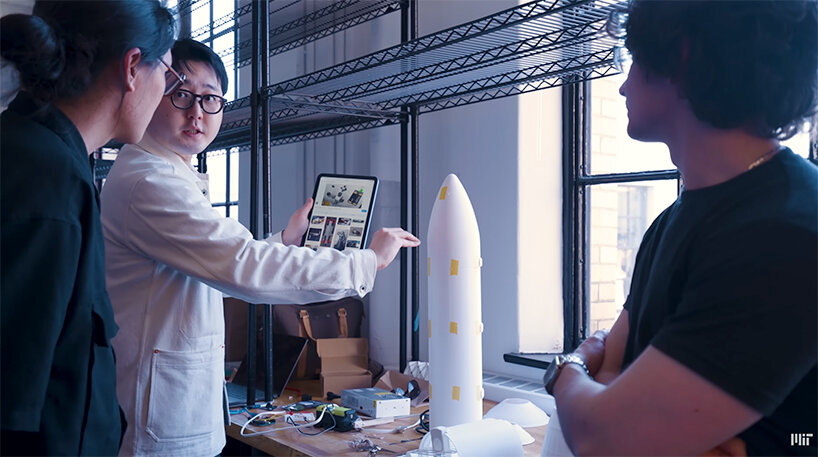
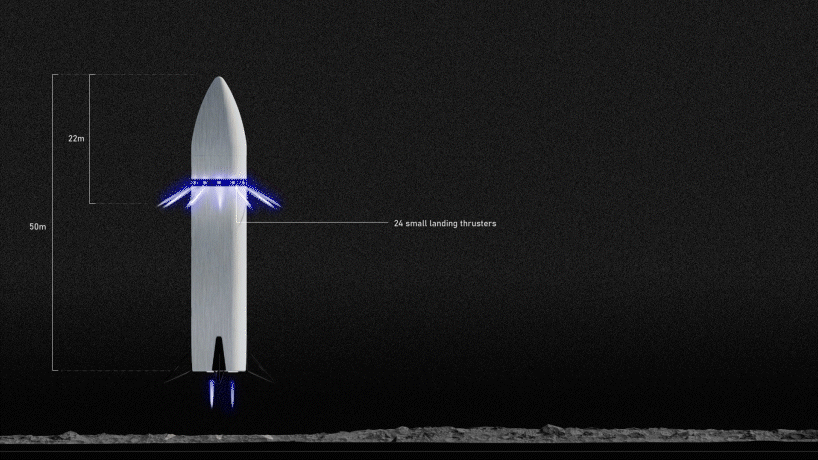

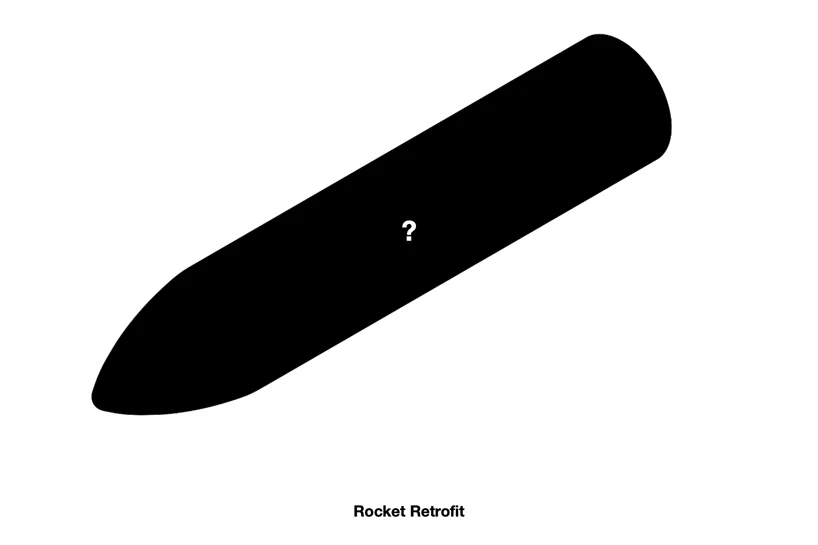
project info:
name: Rocket Horizon
designer: MIT Architecture | @mitarchitecture, MIT Media Lab | @mitmedialab, MIT AeroAstro | @mitaeroastro, MIT Sloan | @mitsloan
design team: Wang Zhi-Ray, So Jung Lee, Jon Lupo, Heekun Roh, Manuel Alejandro Sanchez Castro
designboom has received this project from our DIY submissions feature, where we welcome our readers to submit their own work for publication. see more project submissions from our readers here.
edited by: thomai tsimpou | designboom
